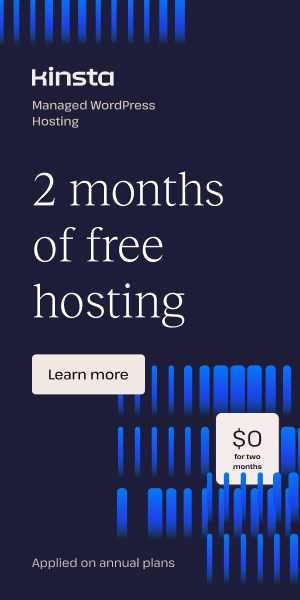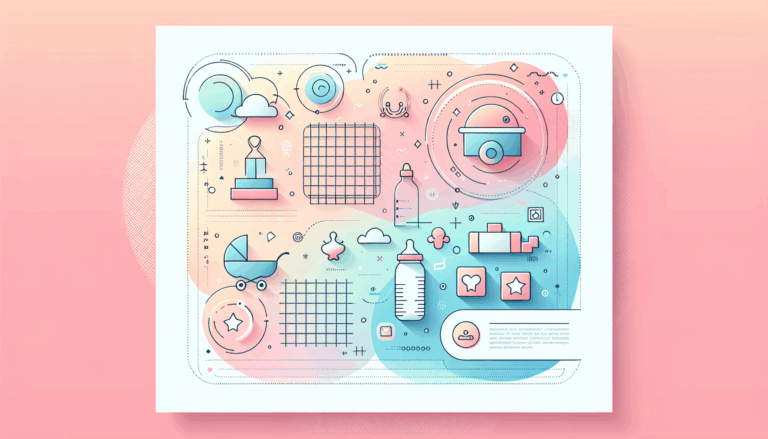How to Collaborate with a Figma to WordPress Team for Best Results
Mastering the Workflow: Effective Collaboration Between Designers and WordPress Developers
In the fast-evolving world of web development, the synergy between designers who use Figma and developers building sites on WordPress is essential for delivering stunning, functional websites. However, the process of converting detailed Figma designs into pixel-perfect WordPress sites can pose challenges without a streamlined approach. This article explores how to optimize Figma to WordPress collaboration, ensuring that your partnership with a WordPress team yields the best results while minimizing friction.
Understanding the Importance of a Well-Defined WordPress Team Workflow
Successful collaboration starts with a clear understanding of each stakeholder’s role and an organized workflow that aligns design intentions with technical execution. The phrase WordPress team workflow captures how your design and development teams communicate, share files, and synchronize changes. Key elements include:
- Consistent file organization and naming conventions: Keeping Figma files, layers, and assets systematically named prevents confusion during development. As highlighted by industry best practices, consistent naming ensures developers can easily identify design elements when translating them into WordPress components.
- Version control and change tracking: Figma’s version history feature is invaluable; it allows teams to track revisions and rollback when necessary, maintaining alignment through iterative adjustments.
- Regular feedback loops: Scheduling design critiques and development check-ins fosters continuous communication, enabling both sides to address issues proactively before they escalate.
Tools like Kinsta (for hosting) and creative suites such as Adobe Creative Cloud or Canva complement the workflow by enhancing asset management and design refinement.
Bridging the Gap: From Figma Designs to WordPress Sites
Turning a Figma prototype into a functional WordPress website requires both precise technical knowledge and collaborative agility. The conversion can be approached in several ways, each suited to different project needs and resource availability:
- Custom Theme Development: Export HTML, CSS, and JS directly from Figma and manually integrate these into a WordPress theme. This approach offers the greatest control over performance and customization, ideal for complex sites needing unique functionality. Developers work with files such as
header.phpandfooter.phpin WordPress themes and upload assets systematically.
Example: A membership site requiring custom user management and dynamic content can benefit from this tailored approach, as explained by Figma2WP’s guidelines. - Figma to WordPress Plugins: Plugins like UiChemy, Yotako, and Fignel automate the design import process, converting Figma components into WordPress blocks or templates. This method accelerates development and reduces coding errors but might not cover highly customized scenarios fully.
- Page Builders (Elementor, Gutenberg): Import design elements into popular visual builders which allow drag-and-drop page construction within WordPress. This is perfect for fast iterations and clients wanting to manage content independently.
Resource: Elementor is renowned for its intuitive interface and has dedicated modules for importing Figma design assets.
Regardless of the method, thorough testing is critical. Each update or design change in Figma should be validated on the WordPress site to avoid layout breaks or functionality issues.
Effective Client Communication Strategies for Seamless Web Development Partnerships
One of the pillars of fruitful web development partnership lies in transparent, timely client communication. Whether you’re working internally or with external clients, consider the following tactics:
- Shared collaborative platforms: Use platforms like Slack or Jira to maintain open channels for updates, queries, and feedback.
- Clear documentation: Maintain documentation of design specs, development progress, and testing results accessible to all parties. Tools like Google Docs or Notion help keep everyone aligned.
- Defined milestones and timelines: Break the project into phases with distinct deliverables and deadlines, so everyone understands expectations and priorities.
- Regular demos and prototypes: Share working builds early and often to reveal how designs translate into functional pages, enabling iterative improvements.
Ensuring your WordPress development team and clients are on the same page minimizes costly revisions and streamlines the project flow. If you are ready to explore expert assistance for your next project, feel free to contact us.
Real-World Example: Transforming a Design into a Seamless Website
Consider a recent client collaboration where a startup sought to convert their Figma dashboard prototype into a responsive membership platform. The professional team:
- Organized Figma layers with standardized naming conventions to expedite development.
- Created a custom WordPress theme integrating exported HTML/CSS alongside PHP files for dynamic content handling.
- Scheduled bi-weekly review meetings via Zoom to gather client feedback and iterate rapidly.
- Utilized AWS hosting to ensure scalable site performance post-launch.
The outcome was a highly customized, fast-loading website matching the original Figma design with pixel-perfect accuracy, demonstrating how structured collaboration leads to exceptional results.
Leveraging Tools and Resources for Smarter Collaboration
To streamline your Figma to WordPress process, leverage these platforms and utilities:
- Figma Community – Gain access to shared templates and design components to speed up your work.
- Elementor and Gutenberg – Powerful WordPress page builders for quick layout adaptations without deep coding.
- UiChemy – Plugin specifically designed to automate Figma to WordPress design imports.
- Canva – Supplementary design tool for rapid asset creation and editing.
- Adobe Creative Cloud – Industry-standard suite for advanced design work complementing Figma projects.
Utilizing these tools and following a disciplined workflow ensures a smooth transition from creative ideas to fully functioning websites.
Bringing It All Together
Transforming your Figma designs into a functional WordPress site requires more than just technical expertise — it demands strategic partnership and clear communication between designers, developers, and clients. By establishing an organized WordPress team workflow, leveraging the right tools, and fostering ongoing collaboration, your project can reach new heights of quality and efficiency.
Experience hassle-free, high-fidelity design to development conversion with professional help from the Figma2WP Service. Dive deeper into expert solutions that cater to USA, UK, and Canada markets by visiting their portfolio or getting in touch today to explore how your next web project can be a true success story.
More From Our Blog
Building a Trusted Online Hub for Parents: The Role of Design In today’s digital landscape, parenting websites and child care blogs serve as invaluable resources for families seeking guidance, community support, and expert advice. Creating an engaging, trustworthy, and user-friendly platform is essential for these sites to thrive, and design tools like Figma2WP Service have Read more…
Unlocking the Power of Hands-On Web Design with Modern Tools In today’s digital age, the ability to craft your own website has transformed from a daunting technical challenge into an engaging creative process accessible to enthusiasts, DIYers, and professionals alike. Services like Figma2WP Service empower you to convert your design concepts into fully functional WordPress Read more…


